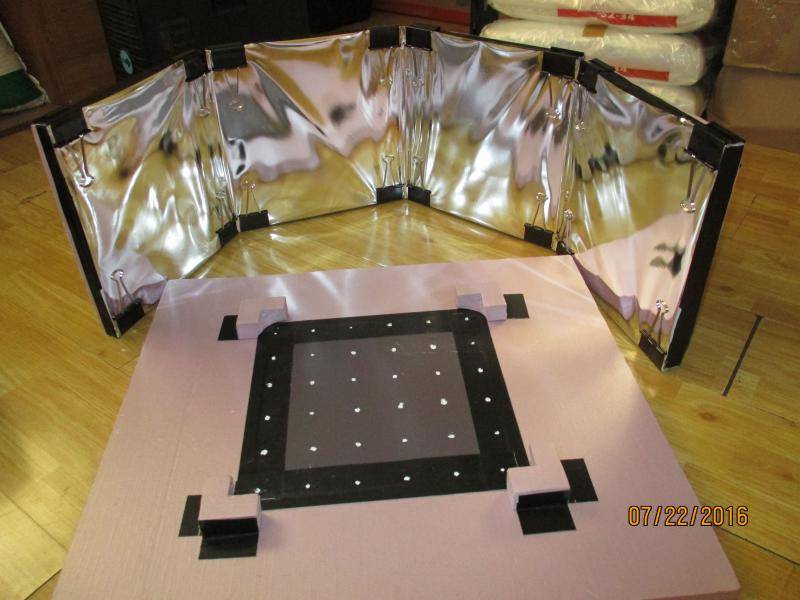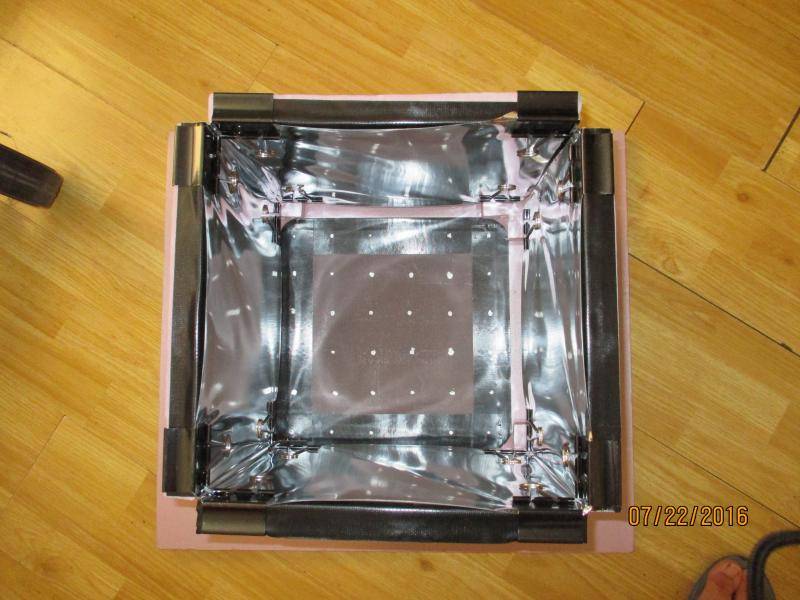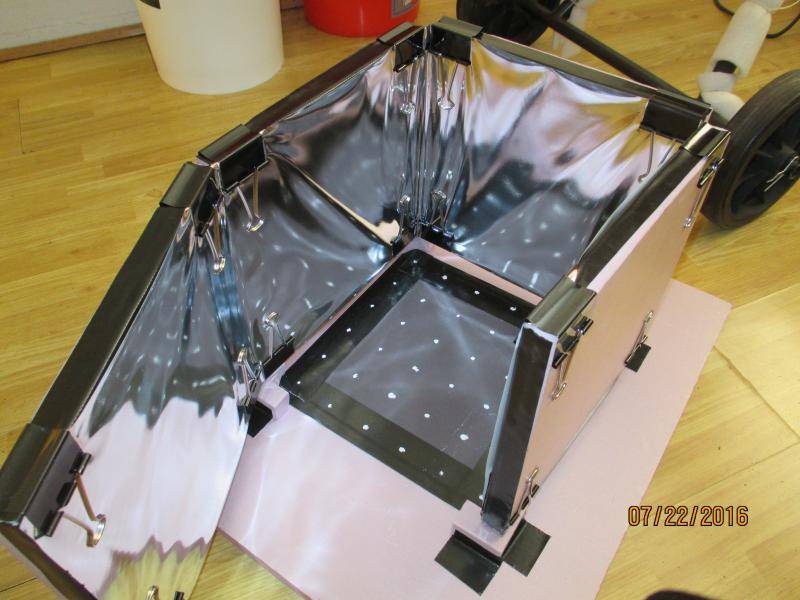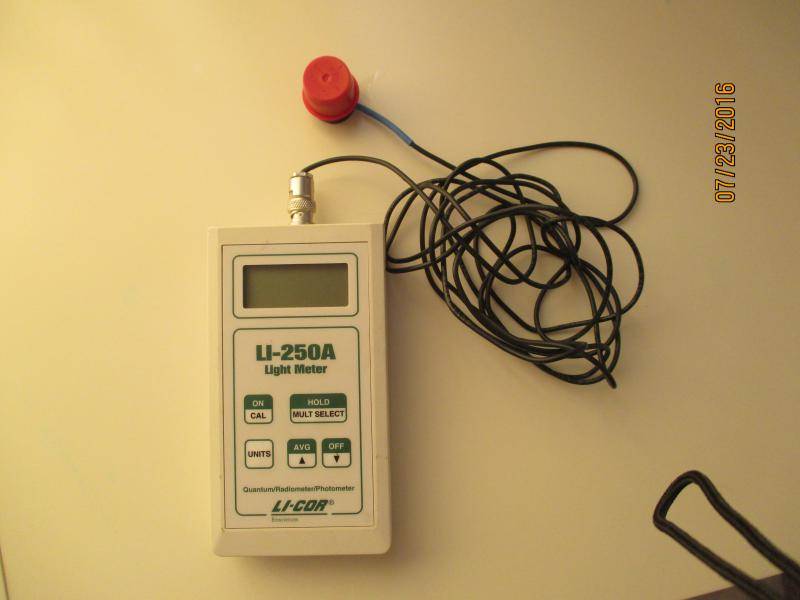Hello folks, let's do some tests! The title is self explanatory.
The Equipment:
Mini Cab with easily replaceable films



Licor Li250 quantum meter

(not pictured) fixed cfl lamp with mini reflector.
Films tested: Easygrow Light tight, Easygrow Diamond, local off brand diamond diffusion, Orca, Panda, Sunfilm Mylar, no material
The Equipment:
Mini Cab with easily replaceable films
Licor Li250 quantum meter
(not pictured) fixed cfl lamp with mini reflector.
Films tested: Easygrow Light tight, Easygrow Diamond, local off brand diamond diffusion, Orca, Panda, Sunfilm Mylar, no material



